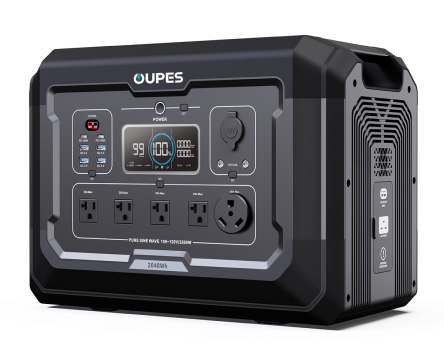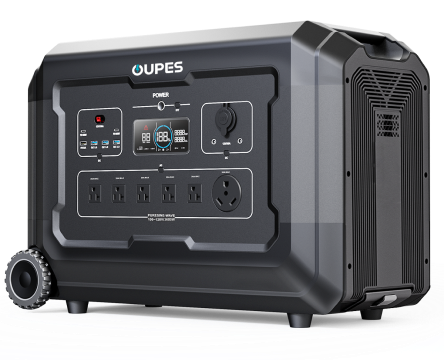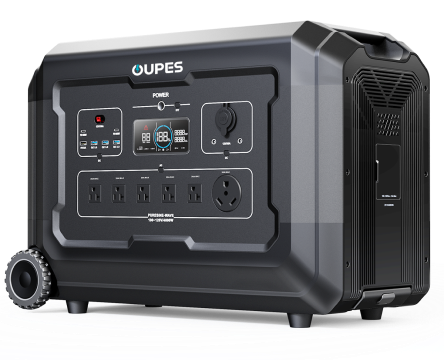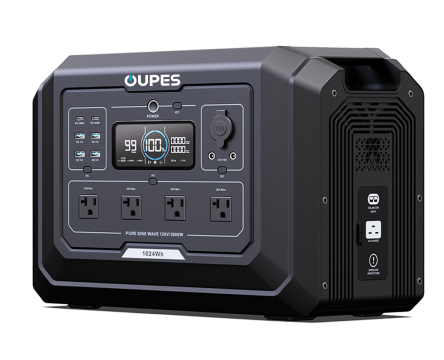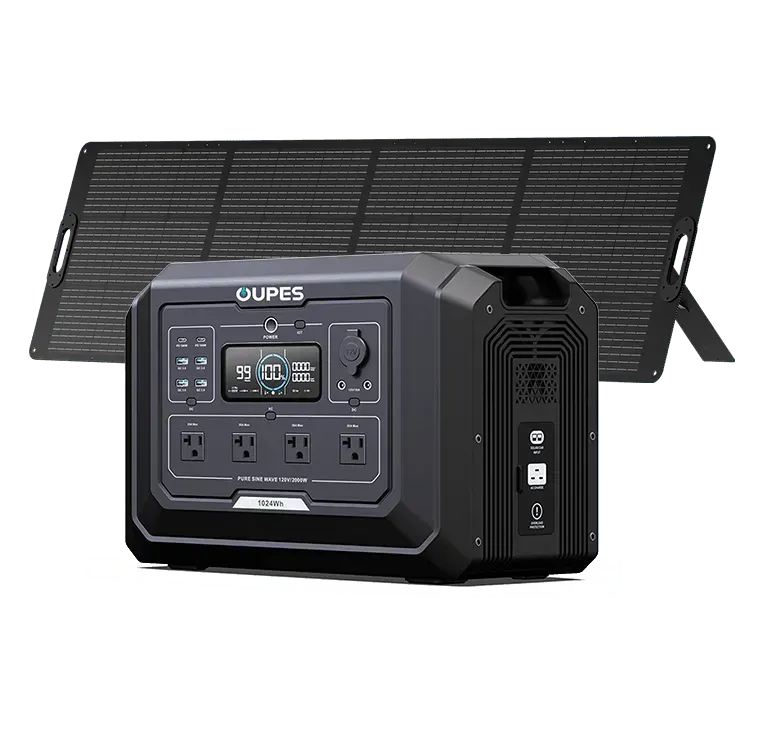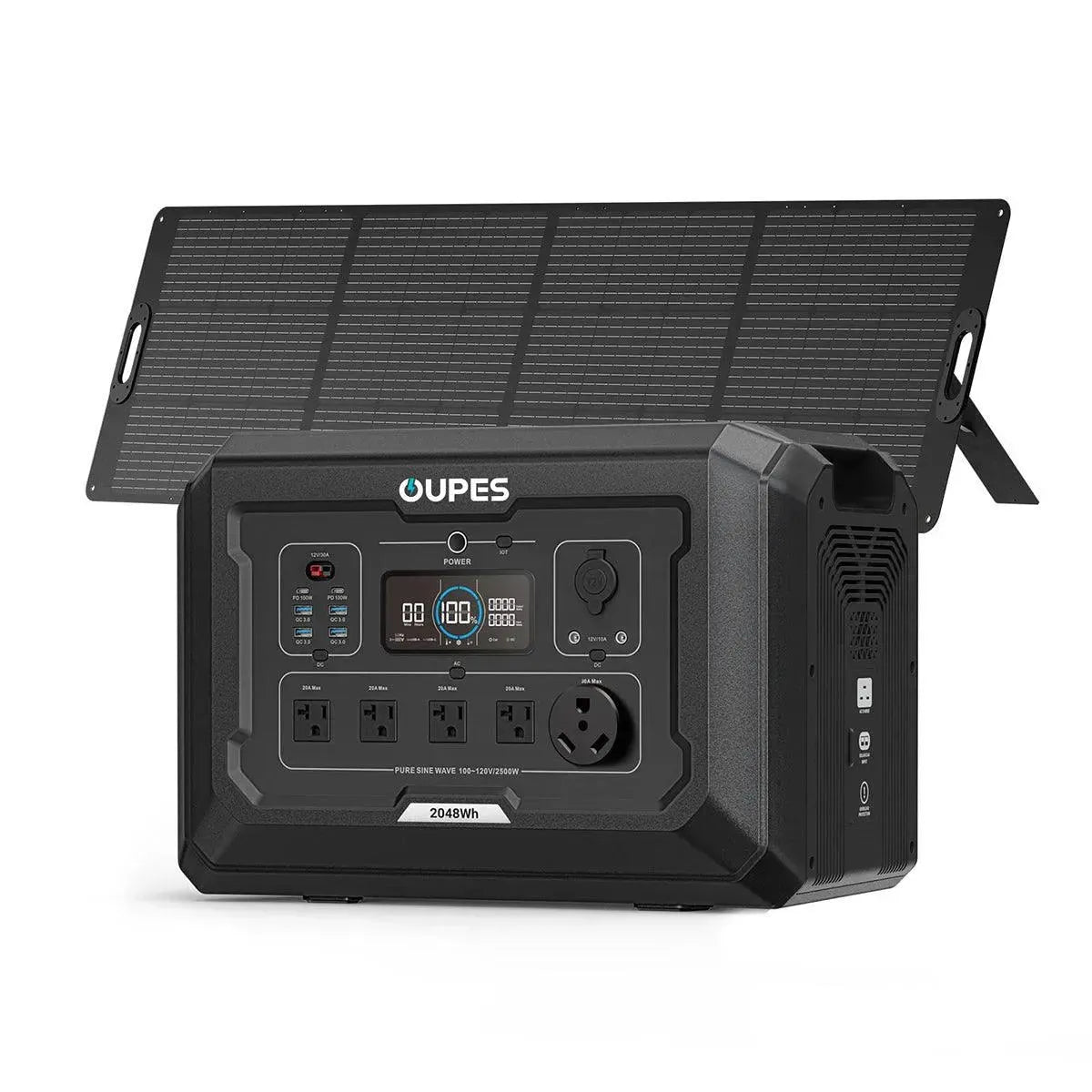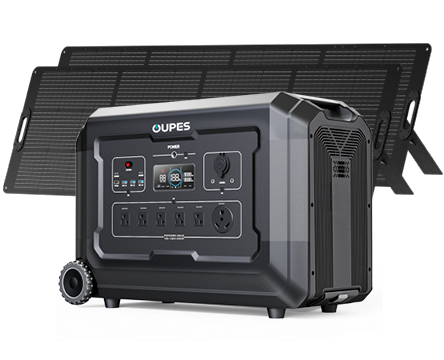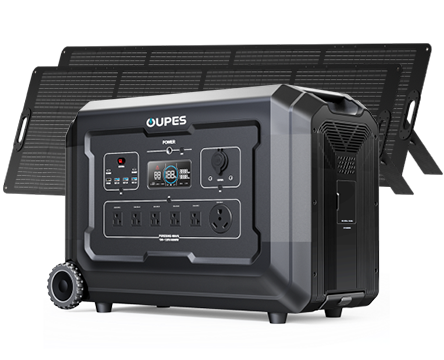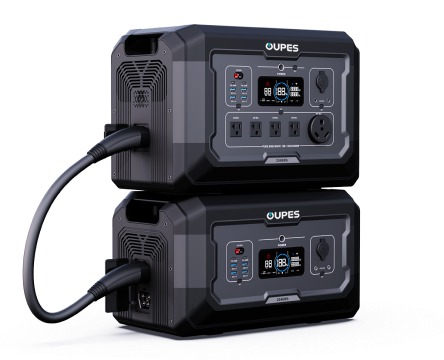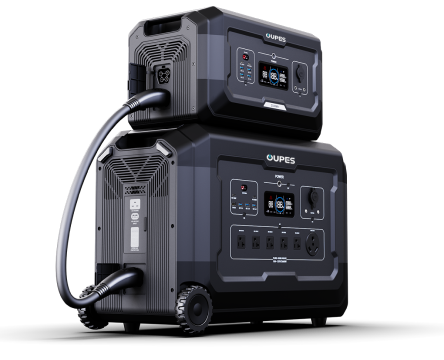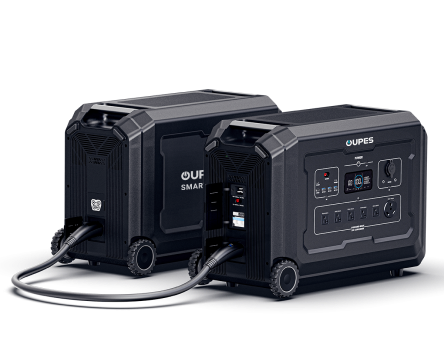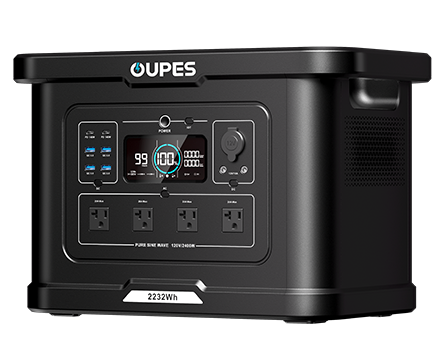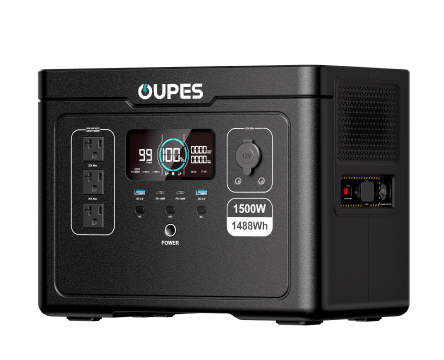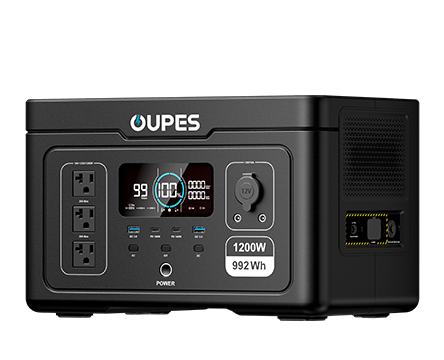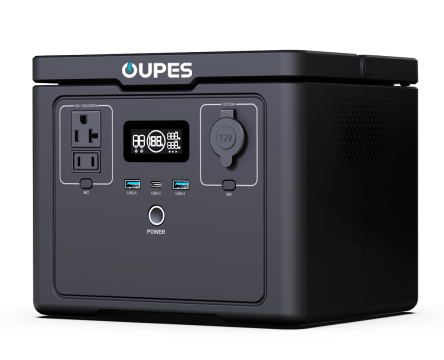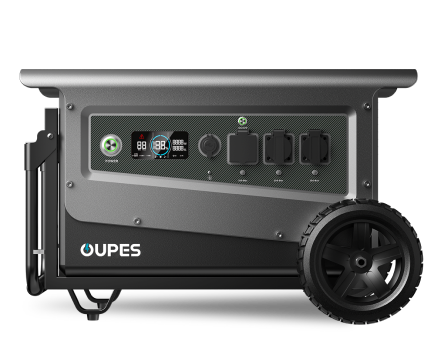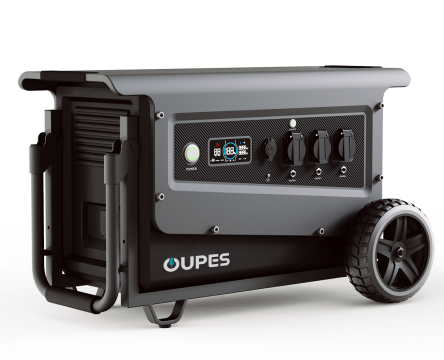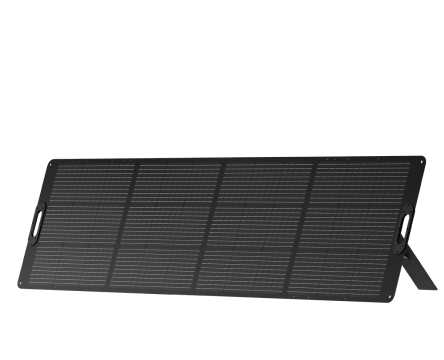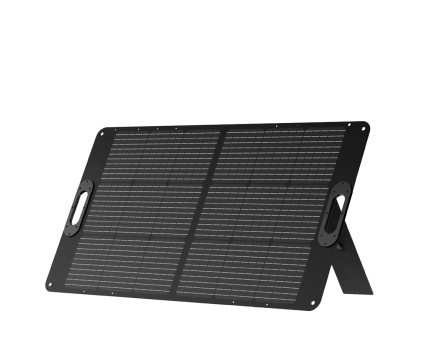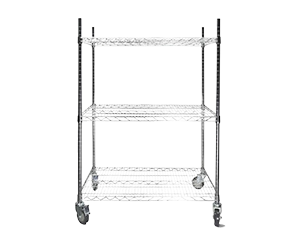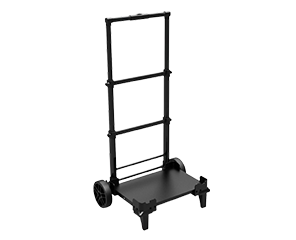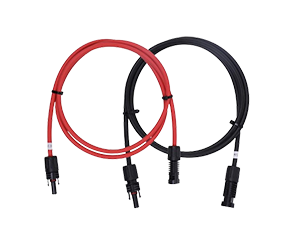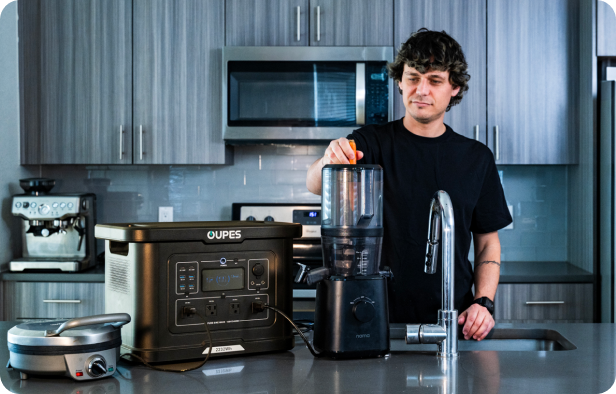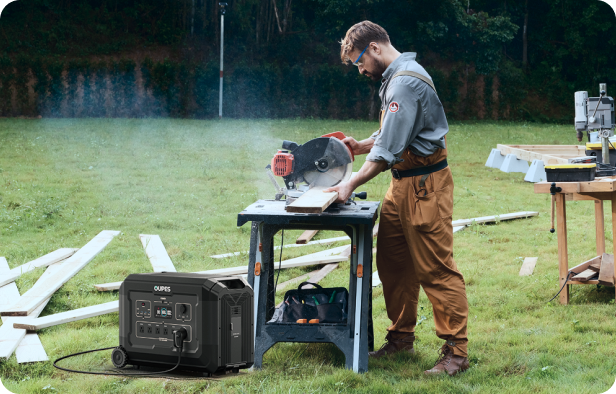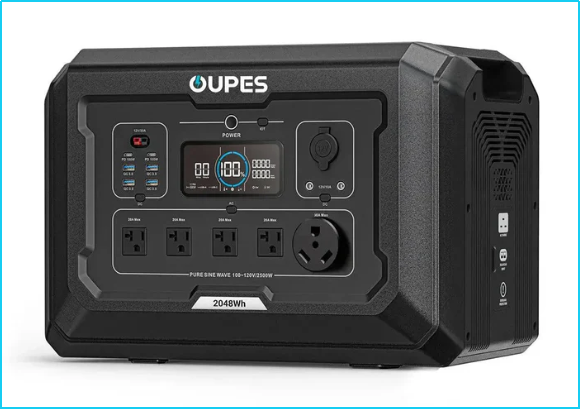
Understanding Portable Power Stations
Portable power stations are rechargeable, compact devices that store energy and provide AC and DC output for everyday electronics, tools, or appliances. They typically include a battery pack, inverter, and built-in control system that converts stored DC power into usable AC energy.
These devices have become popular for camping, emergency preparedness, home backup, and off-grid living. However, one question comes up often: Is it safe—or even good—for the battery—to keep the power station plugged in all the time?
How People Commonly Use Them
- To power essential home devices during blackouts
- As an outdoor power source for camping or RV trips
- For mobile work setups or photography gear
- As a clean alternative to gas-powered generators
How Charging Works
To understand whether constant charging is harmful, it helps to know what happens inside your power station when it's plugged in. Most units use advanced Battery Management Systems (BMS) that regulate voltage, current, and temperature during charging. This prevents overcharging and helps balance the cells for longer life.
The Three Charging Phases
- Bulk Charging: Rapid charging until about 80% capacity is reached.
- Absorption Charging: Current slows as the battery approaches full charge.
- Float Stage: The system maintains a small trickle to keep the battery topped up safely.
Once the battery hits 100%, most systems stop drawing significant power automatically. But the battery's chemistry and temperature can still affect how it responds to long-term connection.
Pros and Cons of Leaving It Plugged In
Keeping your power station connected to the wall all the time sounds convenient—but it's not always ideal. Let's look at the benefits and drawbacks.
Advantages
- You'll always have a fully charged unit ready for emergencies.
- It helps avoid deep discharges, which can wear down the battery faster.
- Modern systems regulate power automatically, reducing immediate risk.
Disadvantages
- Constant trickle charging may cause gradual wear over months or years.
- Prolonged high voltage can increase stress on lithium cells.
- Unstable household voltage or power surges can damage components.
Summary Table
| Aspect | Pros | Cons |
|---|---|---|
| Convenience | Always ready to use | Relies on continuous connection |
| Battery Health | Prevents deep discharge | May shorten overall lifespan if left plugged in constantly |
| Safety | Usually protected by built-in BMS | Long exposure to heat or surges can pose risks |
Impact on Battery Lifespan
The health of your power station depends on how you charge and store it. Lithium-based batteries—whether lithium-ion or LiFePO₄—age faster when kept at high voltage or extreme temperatures.
How Battery Chemistry Responds
When a lithium battery remains fully charged for long periods, chemical reactions within the cells can cause capacity loss. LiFePO₄ batteries are more tolerant but still benefit from being kept below 100% most of the time.
Optimal Charging Range
The sweet spot for most lithium batteries is between 30% and 80% capacity. Keeping your unit within this range can significantly extend its lifespan. If you only need it occasionally, it's best to unplug once it's full and reconnect when it drops to around 30–40%.
Best Practices for Maintenance
1. Store at the Right Charge Level
If you won't be using your power station for a while, maintain the charge between 50% and 70%. Storing it fully charged or completely drained can both lead to permanent battery damage.
2. Keep It in a Stable Environment
Temperature control matters. High heat accelerates chemical aging, while freezing conditions can reduce performance or even cause cell damage. Store in a cool, dry, well-ventilated area—ideally between 50°F and 77°F (10–25°C).
3. Cycle the Battery Occasionally
Even during long-term storage, it's wise to discharge and recharge every 3–6 months. This helps balance the cells and keeps the BMS functioning properly.
Charging Frequency Tips
Different users have different habits. Here's how often you should charge based on your usage pattern:
| Usage Type | Recommended Charging Practice |
|---|---|
| Daily Use | Recharge after each use. Occasional continuous plugging is fine. |
| Weekly Use | Charge before use, keep between 60–80% when idle. |
| Occasional or Emergency Use | Top up every 3–6 months to maintain battery health. |
Safety Guidelines
1. Prevent Overheating
Always place your power station on a solid, ventilated surface. Avoid covering it with blankets or leaving it in direct sunlight while plugged in. Heat buildup can degrade the battery and electronics.
2. Use Surge Protection
Voltage spikes from the grid can harm sensitive circuits. Using a surge protector adds a layer of defense, especially if your area experiences unstable electricity.
3. Inspect Periodically
Check for swelling, strange odors, or unusual warmth during operation. If you notice anything abnormal, stop using it and consult the manufacturer for service.
Battery Type Comparison
Not all power stations use the same battery chemistry. Here's how the most common types handle constant charging:
| Battery Type | Typical Lifespan (Cycles) | Optimal Charge Range | Can Stay Plugged In? |
|---|---|---|---|
| Lithium-ion (NCM) | 500–800 | 30–80% | Occasionally, not long-term |
| LiFePO₄ (LFP) | 3000–6000 | 20–90% | Yes, more tolerant of full charge |
| Lead-Acid | 200–500 | 50–100% | No, continuous charging reduces life |
Among these, LiFePO₄ batteries are the most stable and durable, making them better suited for users who prefer to leave their power stations plugged in for readiness.
FAQ
1. Is it safe to keep a portable power station plugged in all the time?
Generally yes—most units have smart protection systems. However, for the longest lifespan, it's better to unplug once fully charged if you don't need it immediately.
2. Will leaving it plugged in damage the battery?
Not instantly, but over time it can cause gradual wear. Lithium batteries prefer resting below 100% charge.
3. Should I completely drain it before recharging?
No. Avoid deep discharges below 10–20%. Partial charging is healthier for lithium-based batteries.
4. How often should I charge if I rarely use it?
Every 3–6 months, check and top up the charge to keep the cells balanced and prevent deep discharge.
5. Can I use my power station while it's plugged in?
Yes, this feature—called pass-through charging—is supported on most models. Just be sure it's in a cool, ventilated spot to prevent heat buildup.
6. What's the best long-term storage method?
Store it at about 60% charge, in a cool and dry environment. Disconnect all cables and recharge occasionally.
7. Does room temperature really matter?
Absolutely. Temperature extremes are one of the biggest battery killers. Keeping your power station in a stable, moderate climate dramatically improves its lifespan.

